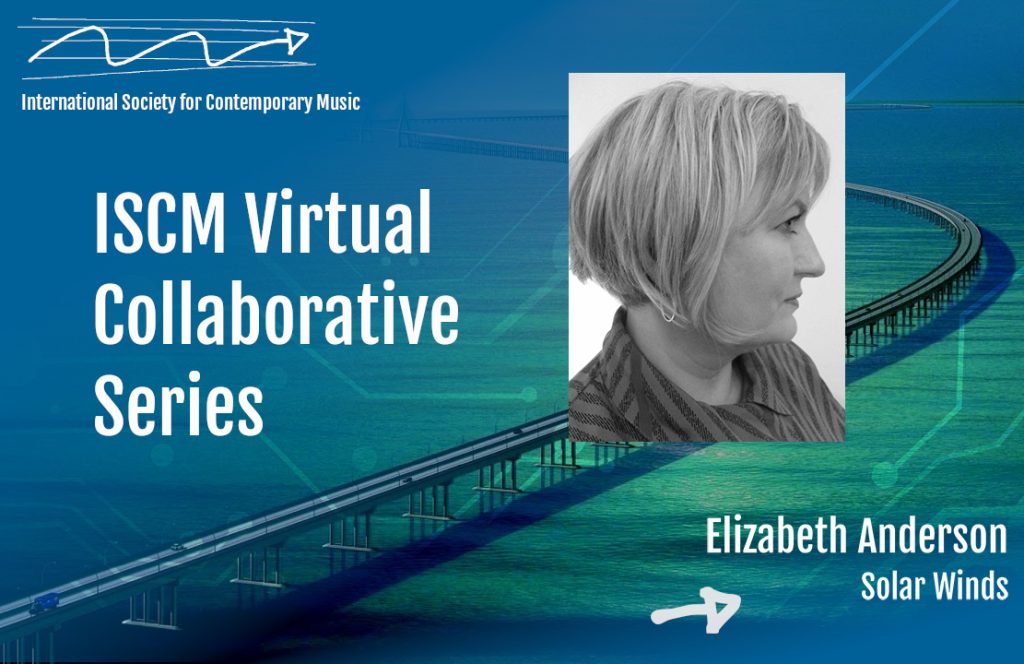Elizabeth Anderson: Solar Winds

The artistic production of Belgian composer Elizabeth Anderson (b. 1960) comprises acousmatic, mixed, and radiophonic works as well as works for multimedia and sound installations, and has been performed in international venues for over thirty years. It is the fascination with space, whether on the scale of the universe (macrocosm) or cellular life (microcosm), and the expression of this realm through sound, that is among her primary motivations for choosing to compose with electroacoustic techniques. She sees in this medium a rich and powerful way not only to convey to the listener these opposite realms and their strong complementarities, but also to share with the audience her imaginary world which she translates and develops through her music. Elizabeth Anderson’s music has been honored in international competitions: ASCAP-SEAMUS (USA, 2001), Bourges (France, 1994), CIMESP(Brazil, 1995, ’01, ’03, and ’07), Città di Udine (Italy, 2004), Métamorphoses (Belgium, 2004), Musica Nova (Czech Republic, 2008, and ’15), Noroit-Léonce Petitot (France, 1998), Stockholm Electronic Arts Award (Sweden, 1994), IREM (2002), and Pierre Schaeffer Competition of Electronic Music (Italy, 2007). She has received commissions from the Groupe de recherches musicales (GRM, France), Musiques & Recherches (Belgium), La chambre d’écoute (Belgium), as well as from the Dutch photographer Zjuul Devens.
Solar Winds (2012) incorporates acoustic translations of electromagnetic phenomena that are produced by the Earth as well as other astronomical phenomena. According to the composer, the idea for the work “sprang from a desire to honor the astronomers of the ancient Mayan culture and their worship of the Sun at a time that marks the completion of one Mesoamerican Long Count calendar and the beginning of another. After an initial examination of several astronomical events, my interest centered on the relationship that solar winds, streams of charged particles emanating from the Sun, might have with the Earth’s magnetosphere. According to James Dungey’s open magnetosphere model, interplanetary field lines, which emanate from the Sun and are carried by solar winds, connect indeed with Earth’s magnetic field lines when they strike the Earth’s magnetosphere. I found this model to offer an intriguing starting point for the sonorization of these non-sounding events via the acousmatic medium. Solar Winds incorporates acoustic translations of electromagnetic phenomena that are produced by the Earth as well as other astronomical phenomena, and constitutes an imaginary celestial aural journey from the perspective of the listener who is Earth.”
